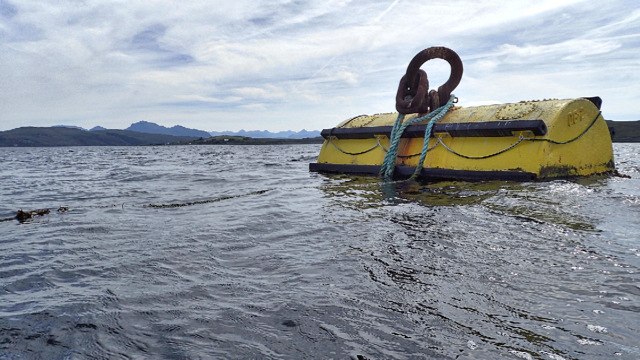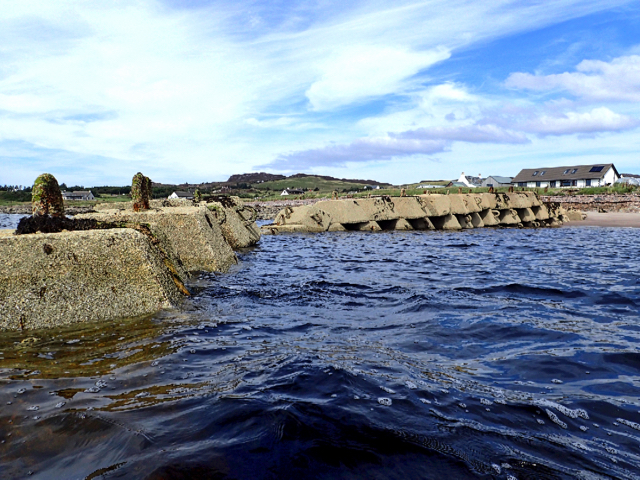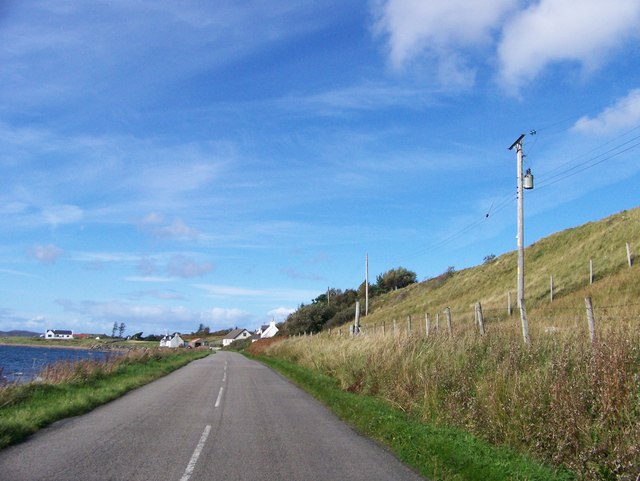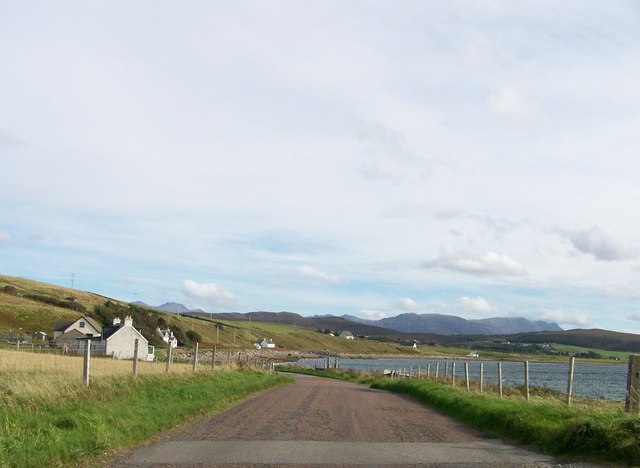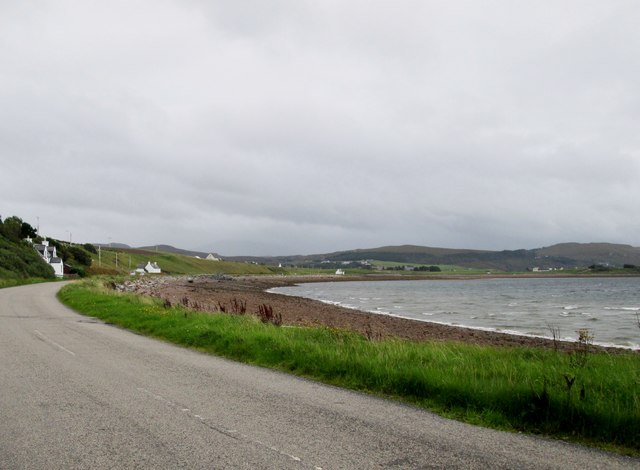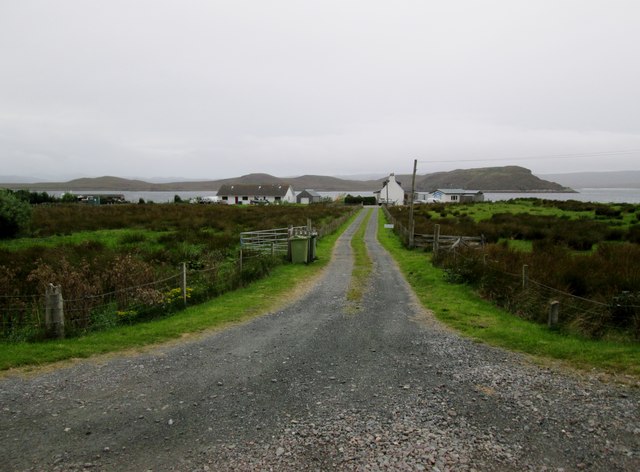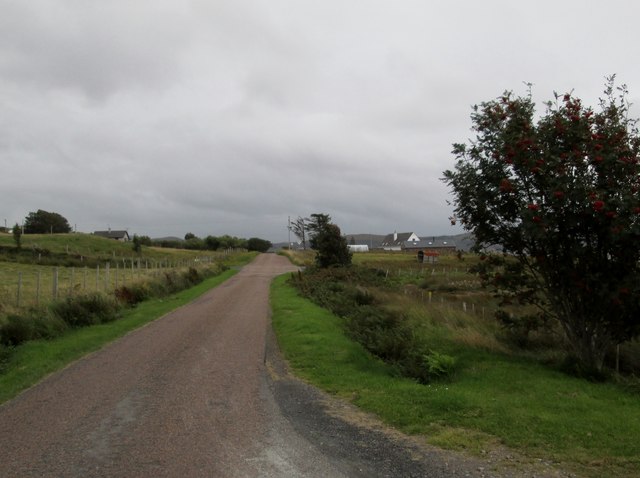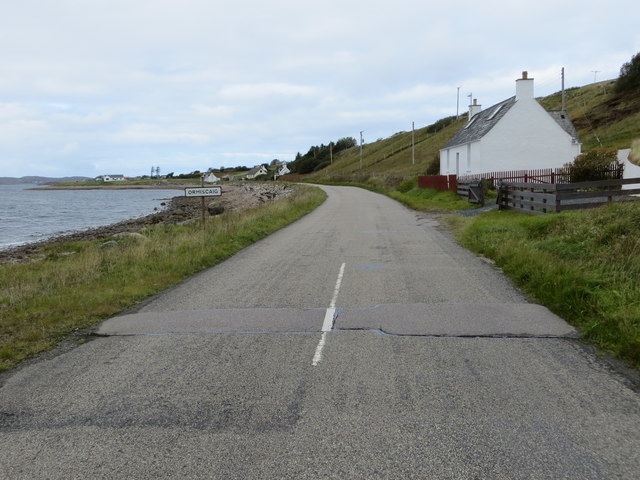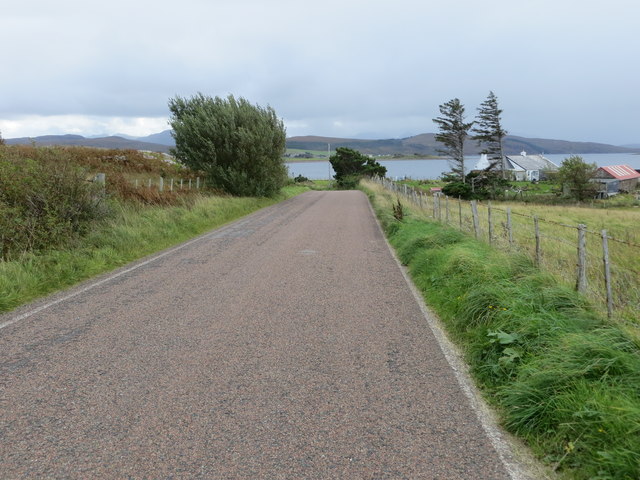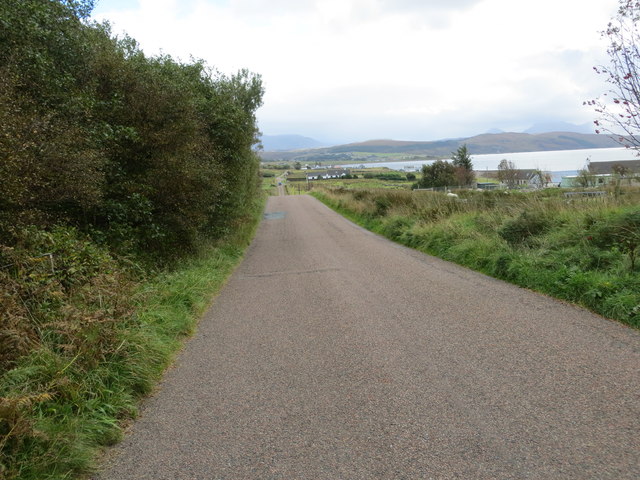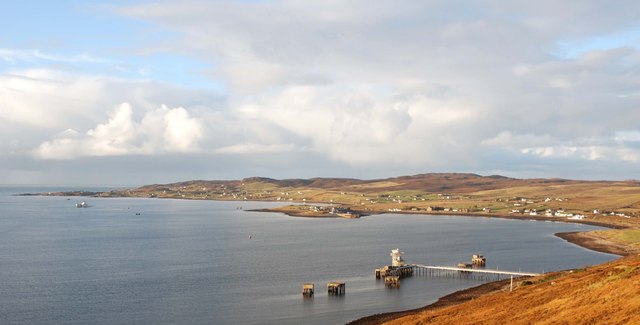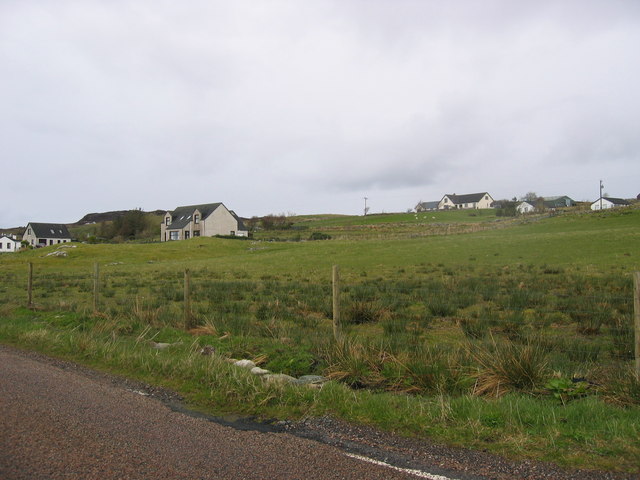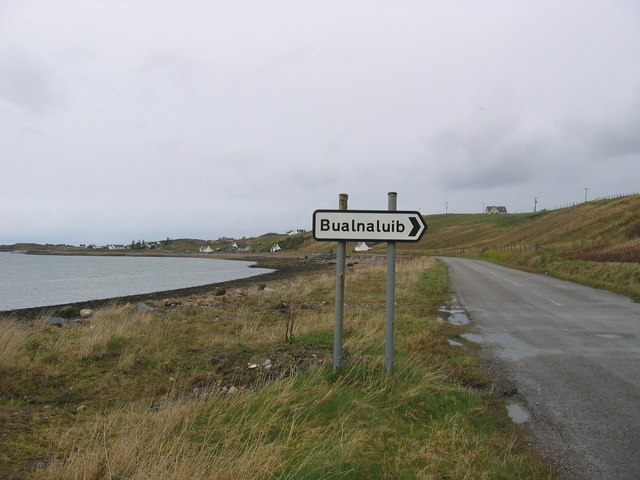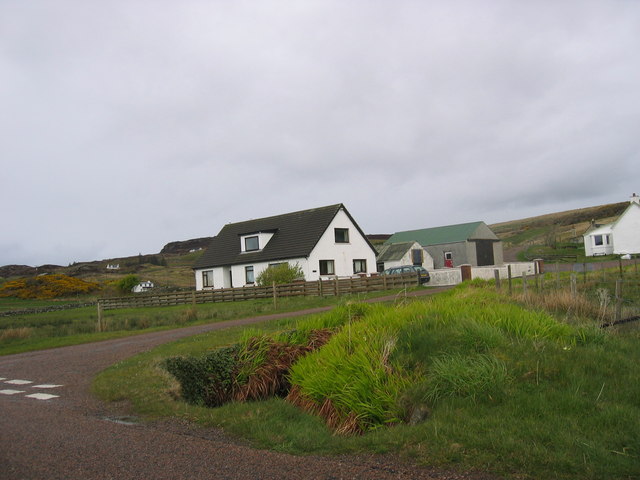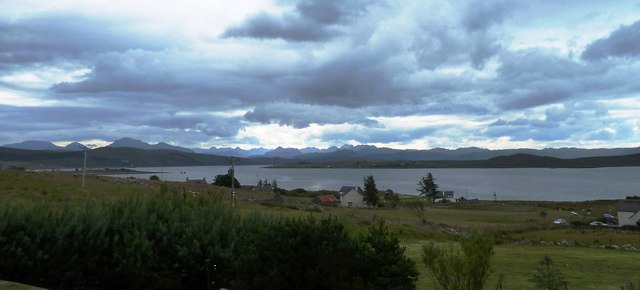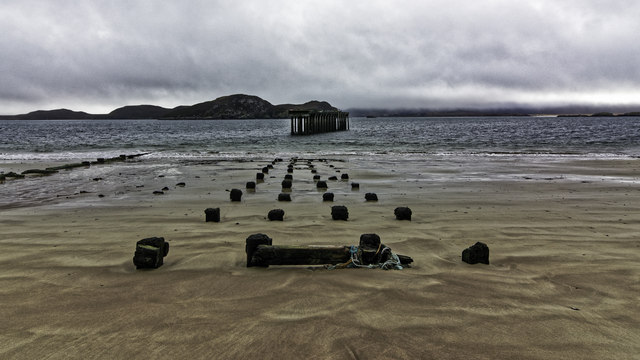Aird-fraoch
Coastal Feature, Headland, Point in Ross-shire
Scotland
Aird-fraoch
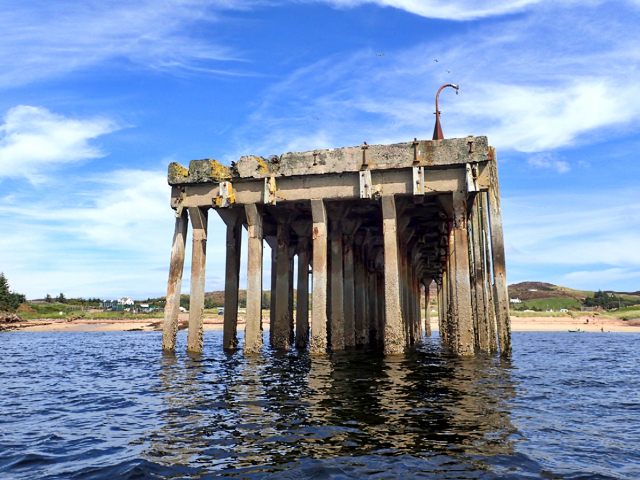
Aird-fraoch is a prominent headland located in Ross-shire, Scotland. Situated along the picturesque coastline, this coastal feature is known for its rugged beauty and breathtaking views of the surrounding area. Aird-fraoch is characterized by its distinctive shape, with a long and narrow projection stretching out into the sea.
The headland is formed by a combination of natural processes and geological formations. Over thousands of years, the relentless action of waves and erosion has sculpted the cliffs and created steep slopes that plunge into the water below. The rock formations found here are predominantly composed of sandstone and shale, adding to the unique character of the headland.
Aird-fraoch offers visitors a range of experiences and attractions. The headland is a popular spot for outdoor enthusiasts, attracting hikers, birdwatchers, and photographers alike. The coastal path that winds its way around the headland provides stunning vistas and opportunities to spot a variety of seabirds, including puffins, gannets, and eagles.
The headland also boasts a rich history, with archaeological sites and ruins scattered across the area. These remnants of the past offer glimpses into the lives of early settlers and ancient civilizations that once inhabited the region.
Aird-fraoch is easily accessible by road, with ample parking available nearby. The headland provides a peaceful and tranquil setting, allowing visitors to immerse themselves in the natural beauty of the Scottish coastline. Whether it's exploring the rugged cliffs, enjoying panoramic views, or discovering the area's historical significance, Aird-fraoch is a must-visit destination for nature lovers and history enthusiasts alike.
If you have any feedback on the listing, please let us know in the comments section below.
Aird-fraoch Images
Images are sourced within 2km of 57.839499/-5.6243479 or Grid Reference NG8489. Thanks to Geograph Open Source API. All images are credited.

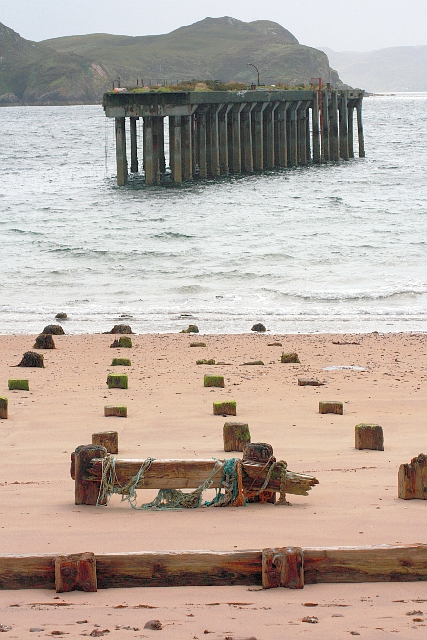
Aird-fraoch is located at Grid Ref: NG8489 (Lat: 57.839499, Lng: -5.6243479)
Unitary Authority: Highland
Police Authority: Highlands and Islands
What 3 Words
///bolt.vipers.stability. Near Gairloch, Highland
Related Wikis
Nearby Amenities
Located within 500m of 57.839499,-5.6243479Have you been to Aird-fraoch?
Leave your review of Aird-fraoch below (or comments, questions and feedback).
